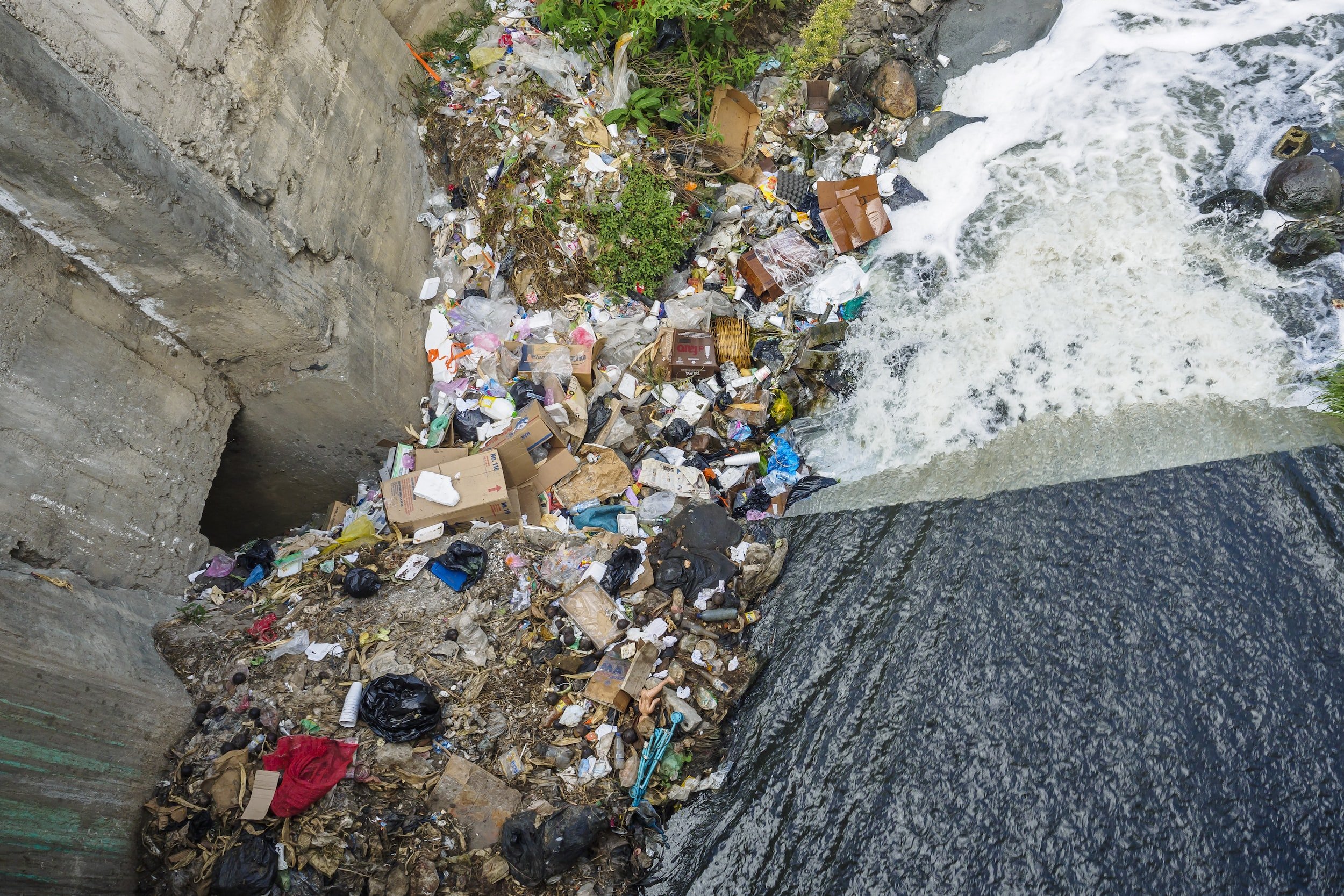The world is at a crossroads. From here, we either take action and save the environment, or we’ll be left without a home.
At this critical juncture, asking what happens if we don’t recycle has become crucial.
The one-word answer to this question is destruction.
If we don’t collectively start to recycle, we’ll run out of our finite resources. Without a backup plan, that is a recipe for disaster.
Consequences of Not Recycling
The world is already witnessing the terrible consequences of environmental damage. Let’s look into some destructive impacts of not recycling.
1. Human and Animal Health
The first and foremost consequence of not recycling our resources is critical damage to human and animal health.
Scientists have confirmed the existence of plastics in the human body and other animals such as fish.
These microplastics come from the waste thrown away into the water bodies without regard to environmental impacts.
Damage to human and animal health will keep increasing.
2. Ocean Pollution
Oceans are the lifeline of human and animal existence.
They have incredible bio-diversity and are a source of essential resources for our survival.
Sadly, another impact of failing to recycle is ocean pollution.
Every year, tons of waste material is dumped into the ocean.
Ocean pollution is destroying aquatic life and creating hazards for coastal states.
Waste materials are increasingly polluting our beaches.
If we don’t reverse our harmful actions and recycle on a mass scale, the oceans will suffer permanently.
3. Destruction of Natural Habitats
When we don’t recycle, the waste material reaches even the farthest points on the planet.
The result is the increasing destruction of natural habitats.
Environmental pollution and global warming are creating challenges for species on a large scale.
Already, thousands of species have perished, and many are in danger of extinction.
If we keep dumping waste on land and the ocean, these natural habitats will be destroyed.
4. Destruction of Arable Land
Recycling creates a barrier to large-scale land pollution by reducing how much we rely on landfills.
When we fail to recycle, the amount of waste overwhelms our lands.
The result is the destruction of arable lands.
The first cover is already reducing due to concrete jungles, so if we keep adding waste to the land, we’ll be left with little land to cultivate.
Landfills eat up a large chunk of land, and if we don’t recycle, we’ll have to use arable land instead of unproductive one.
5. Overspill of Landfills
Using landfills is considered a solution to waste where discarded material is buried under sterile land.
With the population bulge, this solution is under great stress.
When waste gets too much, the landfills overspill, creating health and environmental hazards.
If we don’t recycle, we’ll pretty soon live near landfills as more land will be needed to put away the waste.
6. Fire Hazards and Accidents
There have been many incidents of fire in landfills, and there are reports of landfill explosions due to trapped methane gas.
If we keep throwing all our waste away without recycling or treatment, we may have more and more fire incidents or accidents near landfills.
The intelligent thing to do is reduce the waste that goes to the landfills and recycle as much as possible.
7. Overuse of Natural Resources
Apart from waste handling problems, failing to recycle also puts pressure on our limited natural resources.
Recycling saves tons of new metals, woods, and other materials by reusing them again and again.
If we keep using our natural resources without recycling, we may have too few resources with a large population, and that’s a recipe for conflicts and wars.
Economic Consequences Recycling is cost-effective when done selectively. For example, materials such as steel and aluminum cans are much easier to recycle than manufacturing them from scratch.
Such a selective approach can help municipalities gather valuable trash for recycling.
At the same time, large corporations should take the lead and help generate a culture of recycling.
8. Energy Shortfalls
Recycling is not just cost-effective; it’s also energy efficient. For instance, recycling one aluminum can saves enough energy to power a home television set for three hours.
Similarly, producing a new plastic bottle takes much more energy than recycling the old one.
That means we are wasting thousands of watts of electrical power and large quantities of fossil fuels by not recycling.
Consequently, mindless energy consumption is contributing to global warming and climate change.
By recycling, we can help slow down their effects as well as give the planet time to heal itself.






















